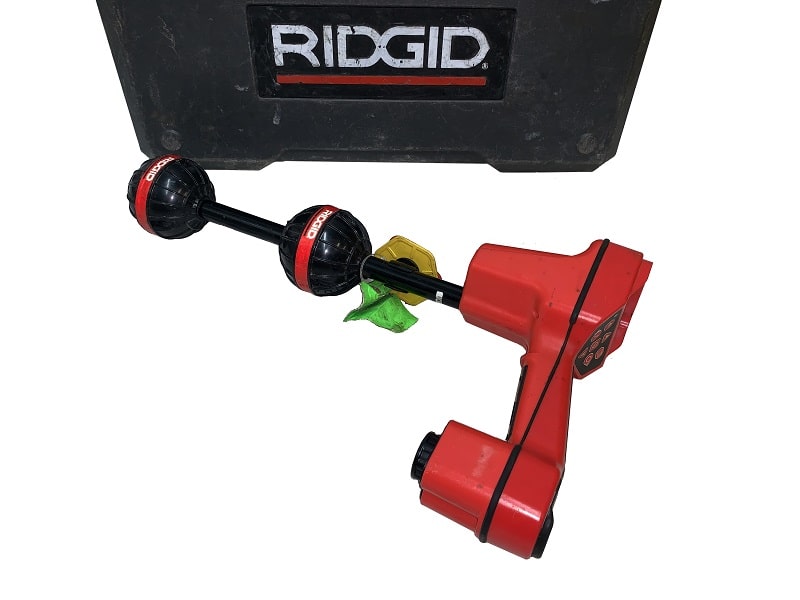We are open
24/7
Servicing
All Melbourne Suburbs
Email Address
24/7
All Melbourne Suburbs
Email Address
Blocked drains can be a major inconvenience and disrupt your daily routine. To prevent such issues and maintain the proper functioning of your drainage system, it's essential to understand the common causes of blockages. By being aware of these causes, you can take proactive measures to minimize the risk of clogs and keep your drains flowing smoothly. Here are some of the primary culprits behind drain blockages.
Hydro jetting is an advanced plumbing technique that uses a high-pressure water
stream to clean and clear pipes.
It is an effective solution for removing stubborn clogs,
mineral deposits, grease, and other debris that can accumulate over time.
Flex shaft drain cleaning is a technique used to remove blockages and debris from pipes and drains using a flexible shaft with a rotating cutting head. It is an effective method for tackling tough clogs and obstructions. Here's some content on flex shaft.
Also known as a drain inspection camera or sewer inspection camera, is a specialized tool used by plumbers to visually inspect the inside of pipes and sewer lines. It consists of a high-resolution camera attached to a flexible cable that is inserted into the sewer system.
A sonde locator, also known as a pipe locator or underground locator, is a device used to locate and track the position of a sonde or transmitter that is attached to a pipe or cable. It is commonly used in construction, utility locating, and plumbing applications.

While some drain blockages are unavoidable, there are steps you can take to minimize the risk and keep your drains clear.
Schedule regular drain cleaning and maintenance to proactively remove any buildup and prevent potential blockages. Professional drain cleaning services can effectively clear out debris and ensure optimal drainage system performance.
Dispose of waste properly by avoiding pouring grease, fats, oils, and food scraps down the drain. Use sink strainers or drain covers to catch hair and solid debris, preventing them from entering the pipes.
If you have trees or plants near your drainage system, be mindful of their root growth. Regularly inspect and trim tree roots that could potentially infiltrate the pipes.
Install grease traps in commercial kitchens and areas where significant amounts of grease are generated. Grease traps capture grease and prevent it from entering the drainage system, reducing the risk of blockages.
By understanding the common causes of drain blockages and implementing preventive measures, you can maintain a healthy and efficient drainage system. If you encounter persistent or severe blockages, it’s advisable to seek professional assistance from a reputable drainage services provider.
One of the leading causes of drain blockages is the accumulation of foreign objects. These objects can include items such as hair, soap residue, food scraps, grease, sanitary products, paper towels, and even children's toys. When these items find their way into your drains, they can gradually build up and form clogs that impede the flow of water.
Tree roots are naturally drawn to sources of water, and if there are small cracks or gaps in your underground pipes, they can infiltrate the drainage system. Over time, the roots grow and expand, causing blockages and potentially damaging the pipes. Tree root intrusion is more common in older properties or areas with mature trees in close proximity to the drainage system.
Pouring grease, fats, and oils down the kitchen sink may seem convenient, but it can lead to significant drainage issues. Grease and fat solidify as they cool, sticking to the walls of the pipes and trapping other debris. This buildup progressively narrows the pipe's diameter, reducing water flow and eventually causing blockages.
In areas with hard water, mineral deposits and scale can accumulate within the pipes. These deposits are primarily composed of minerals like calcium and magnesium, which precipitate out of the water and adhere to the pipe walls over time. The buildup restricts the flow of water, leading to blockages and reduced drainage efficiency.
Cracked or collapsed pipes due to age, ground movement, or construction work can impede the smooth flow of wastewater. These damaged sections can catch debris and create blockages. Additionally, misaligned or offset pipes can cause water to pool and eventually form clogs.
In some cases, the root cause of recurring drain blockages lies in the design of the drainage system itself. Inadequate slope or incorrect pipe sizes can hinder the proper flow of water, resulting in frequent clogs. Poorly designed or outdated systems may require modification or upgrading to resolve chronic blockage issues.